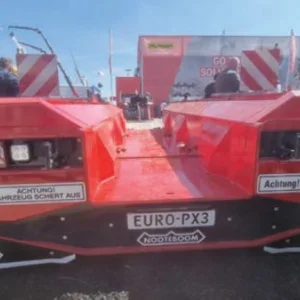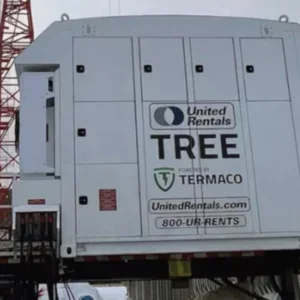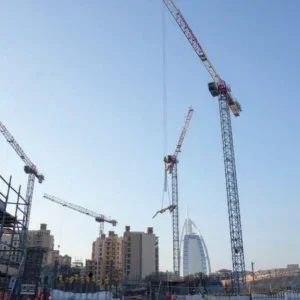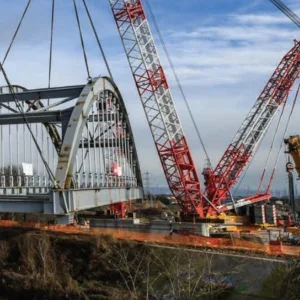A UK standard, BS 7121, defines best practice for the country’s crane industry. While it doesn’t carry the weight of law, courts will assess a company’s practices against the standard. Part 4 of the standard was originally developed with knuckleboom cranes, used solely for lorry loading, in mind. As the cranes are increasingly used for other lifting operations, a revision of the standard is being developed, says UK Health and Safety Executive principal specialist inspector Ian Simpson.
“We’re trying to introduce a level playing field with mobile cranes,” Simpson says. “If you look at the bottom end of the market, up to about 35 tonners, loader cranes are taking a lot of the work of mobile cranes. We want to see a comparable if not a better level of safety when people do this work. We don’t want to see a dilution of safety to a lesser level just because it’s a loader.”
Whether knuckleboom or mobile crane, companies will have to do the same amount of planning. Exactly how much planning a crane lift requires depends on how difficult or complex it is. Experts have grouped crane lifts into three types: complex lifts, standard lifts and basic lifts.
“What we want is the sensible management of risk, making risk assessment and planning proportional to the risks involved,” Simpson says.
“It’s very infrequent in the UK that we get problems with heavy lifts, over 400t. It’s at the bottom end where, for commercial reasons, crane users aren’t doing all the work; people are confusing basic lifts and standard lifts. People need to get into the practice of assessing the load and the environment. We need to get the amount of work and risk assessment proportional to the job being done.
“There is not much dispute over the definition of a complex lift. Take for example lifting a grand piano. You are on a street in London, and have to lift it through a window into a house. You are lifting over a basement below, it is a busy street, and people are wandering about. The piano is a difficult item to sling, with an unknown centre of gravity, that is not designed to be lifted by a crane. You are in close proximity to people, the load needs to go through a very narrow opening, and you are lifting blind. That is a complex lift.”
The lift is complex because the environment, and the load, are complex. Simpson explains: “When assessing whether a lift is complex or basic, you need to look at the load and the environment. In a complex lift, you could be lifting a simple load in a complex environment, or a complex load in a simple environment.
“For example, a lot of builders’ merchants will deliver bags of sand, unloading them beside the lorry. That would be a basic lift. If you need to lift the same load over an obstacle, blind, that would be a standard lift. If you’re lifting the same load in a chemical works, and over obstacles, that will be a complex lift.
“For a basic lift, a generic risk assessment and method statement would generally be acceptable,” Simpson says. “You don’t need an appointed person going to every site; that system will not work if the loader crane is making 50 lifts a day. You have to have a generic type system in place, but clear rules about when you step outside that.”
“Significant hazards bump up the lift from a basic to a standard type,” Simpson says. Standard lifts cannot have a generic risk assessment and method statement, and a site visit might be required if the environment is tricky. But he adds that the rules are not yet complete.
The working group on the standard includes Simpson and representatives of the Construction Plant-Hire Association, the Major Contractors’ Group, the Modular Building Association and the Association of Lorry Loader Manufacturers and Importers (ALLMI).
ALLMI director Tom Wakefield praises the new revision: “The introduction of the various categories of lift should provide much needed clarity in this area of lifting operations, and should allow a more proportional approach to lift planning and risk assessing.
“However, ultimately the success of the project will rely on the industry adopting the standard and interpreting it correctly. As the industry association, ensuring that this happens will be one of our main aims when the standard is released.”??






